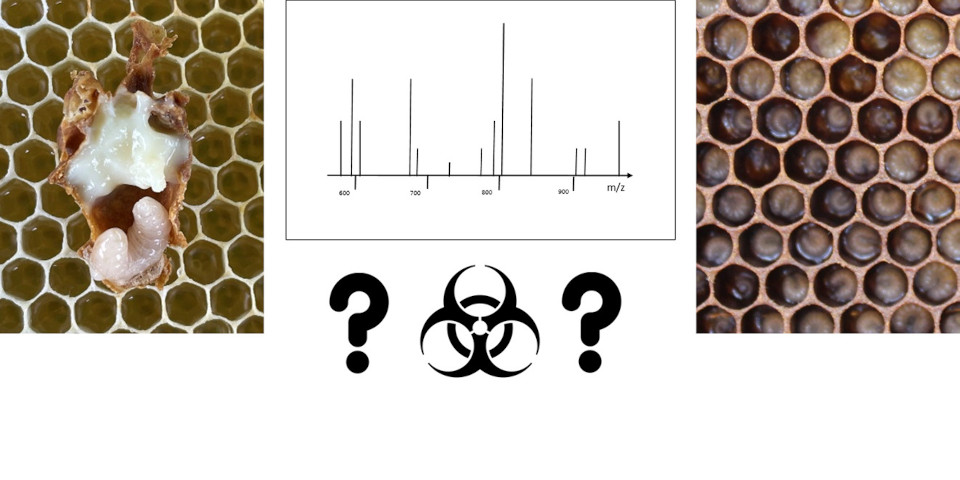The increasing loss of honey bee colonies is assumed to be caused by various factors such as habitat degradation, parasites, pathogens, or the exposure to environmental pollutants like pesticides in agriculture practice. Different bee-related products like honey, bee bread, wax, and pollen can be contaminated by pesticides and some of them might affect colony health. Stored nectar and pollen serve as nutritional sources for nurse bees to produce food jelly for queen, worker, and drone larvae and contaminants might be transferred. For the risk assessments, it is necessary to understand the occurrences of residues in larval food jelly and to evaluate factors influencing the concentration of contaminants. This review summarizes the current literature dealing with residue analysis of pesticides in food jelly to assess the pesticide transfer, to evaluate factors influencing pesticide appearance in jelly, and to deduce risk for larvae. Previous studies determined residues of different pesticides in royal jelly, and one in worker jelly. It was demonstrated that 30 out of 176 analyzed pesticides were detectable in different royal jelly samples. If residues remain in food jelly, this is mainly related to the used application and exposure method. It is shown that an artificial exposure (e.g., by forced feeding) results in higher detectable residues compared to field-realistic exposure scenarios (e.g., spray applications on plants). All detected concentrations were predominantly below the toxicity values for honey bee larvae, but sub-lethal effects should be considered. Moreover, it was demonstrated that there are still knowledge gaps about the contamination pathway of pesticides, dilution or accumulation factors within the hive, degradation time in bee-related matrices, and the impact on larval physiology. Filling those gaps is of major importance to consider realistic exposure scenarios in the risk assessment and to allow for sufficient protection level of honey bee brood.
Wueppenhorst K, Eckert JH, Steinert M, Erler S (2022) What about honey bee jelly? Pesticide residues in larval food jelly of the Western honey bee Apis mellifera. Science of the Total Environment, 850: 158095. DOI: 10.1016/j.scitotenv.2022.158095










